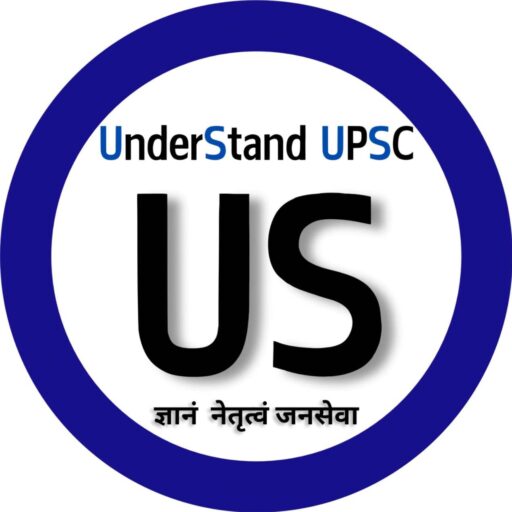
Planning your last 90 days before the UPSC Prelims 2025 can feel overwhelming. But with a clear 90‑day UPSC prelims strategy, you can stay focused, confident, and cover all essentials without burning out. Let’s walk you through a step-by-step guide—one that’s tailored for aspirants in India and keeps your prep smart and simple.
📅 Phase 1: Days 1–30 – Syllabus Completion & Foundation
1. Understand the UPSC syllabus
The first step in your 90‑day UPSC prelims strategy is to map the entire syllabus. Divide Paper I (GS) and Paper II (CSAT) into weekly themes:
- Week 1: History (Ancient, Medieval, Modern)
- Week 2: Polity & Governance
- Week 3: Geography and Environment
- Week 4: Economy + Science & Tech
For CSAT, plan 3–4 sessions per week on maths, reasoning, and comprehension.
2. Set daily study slots
Dedicate 8–9 hours each day (early morning to late evening). For example:
- 6-7 AM: Current affairs
- 8-9 AM: Static subjects (History, Polity)
- 10 AM–1 PM: Geography & Economy
- 2–4 PM: Science, Tech & Environment
- 5–7 PM: CSAT practice
Build your 90‑day UPSC prelims strategy around this schedule to maintain structure and consistency.
3. Use reliable sources
Stick to trusted materials: NCERTs, Laxmikanth for Polity, Ramesh Singh for Economy, and monthly compilations from Understand UPSC. Don’t overload on new books—focus is key.
4. Maintain notes & summaries
By Day 30, you’ll need concise notes:
- Bullet-pointed daily current affairs via the blog or monthly pdfs from Understand UPSC
- Static summaries with key facts and dates
- A vocabulary and definitions sheet for quick revision
These notes will be your anchors during later phases of your 90‑day UPSC prelims strategy.
🔁 Phase 2: Days 31–60 – Reinforcement & Practice
1. Begin full syllabus revision
Each week, revise:
- Week 5–6: History + Polity
- Week 7: Geography + Environment
- Week 8: Economy + Science & Tech
Spend at least one revision day per week.
2. Take topic-wise tests
On weekends, practice tests for one subject:
- History test Saturday, Polity test Sunday, and so on.
- Review every test—don’t skip the analysis.
3. CSAT power sessions
Continue CSAT with emphasis on your weak areas . Practise high probability areas along with RC & Reasoning. .
4. Current affairs revision
Daily sessions are fine—now add a weekly review to connect events with static concepts (e.g., environment or economy).
5. Mock-based learning
Start timed full-length mocks:
- Take at least one mock per week, increasing frequency to two in Phase 3.
- Review mistakes thoroughly.
6. Lean on mentorship
Consult Satyam Jain Sir or other mentors at Understand UPSC to clarify tricky issues. Frequent doubts can derail consistency, so use their guidance.
📝 Phase 3: Days 61–90 – Revision & Exam Simulation
1. Daily mocks, analysis & fix-up
- 3 mock tests per week: strictly timed, with proper pauses.
- Spend the rest of the week on detailed mock analysis.
2. Focus on weak spots
Identify recurring mistakes via mocks:
- Draw charts for Governance, Geography grammar maps, science flashcards.
- Add a “weak corner” notebook to track progress.
3. Fast current affairs revision
Switch to daily capsules: 30-minute bulletins or mobile app alerts from Understand UPSC. You should also revise monthly pdfs.
4. Quick static cramming
Keep going through short summaries (flashcards, handwritten notes). Don’t start fresh subjects—reinforce earlier learned material.
5. CSAT consistency
CSAT remains qualifying—do a mini-session each evening to maintain speed and accuracy.
6. Self-testing & flashcards
Carry key points with you—review while traveling or during breaks.
7. Exam-day simulation
One full-length mock each in exam timing. Practice OMR filling, pencil grades, and negative-marking strategies.
8. Mental & physical fitness
Stress management is crucial now. Daily rest, short walks, and meditation help.
✅ Bonus Tips for Your 90‑Day UPSC Prelims Strategy
- Track your schedule daily—use a physical diary or simple Excel sheet.
- Sleep & health first—exam fatigue hurts performance.
- Stay grouped—peer discussions, or weekly group mock—helps resolve doubts.
- Avoid last-minute additions—no new resources after Day 60.
- Maintain confidence—remember, thousands have succeeded with this plan.
🔗 Internal Resources & Links
- Browse the Understand UPSC homepage for free demos, test series, and current affairs monthly pdfs.
- Explore blog posts like How to Analyze PYQs for UPSC Prelims 2025 and Last 50 Days Strategy for UPSC Prelims 2025 for further insights.
- When in doubt, reach out to Satyam Jain Sir and the mentor panel through the website or app.
🔄 Recap: Your 90‑Day UPSC Prelims Strategy
| Phase | Duration | Key Tasks |
| 1 | Days 1–30 | Syllabus parsing, notes creation, daily CA, CSAT sessions |
| 2 | Days 31–60 | Revision, topic-tests, weekly mock tests, analyze & repair |
| 3 | Days 61–90 | Full mocks (3/wk), deep analysis, weak-spot fixes, exam-day prep |
Final Thoughts
A well-structured 90‑day UPSC prelims strategy tailored to your individual strengths can boost retention, confidence, and performance. Start strong, keep the pace, and respect rest. Frequent mock tests, revision consistency, and support from Understand UPSC and Satyam Jain Sir can be your game-changer.




